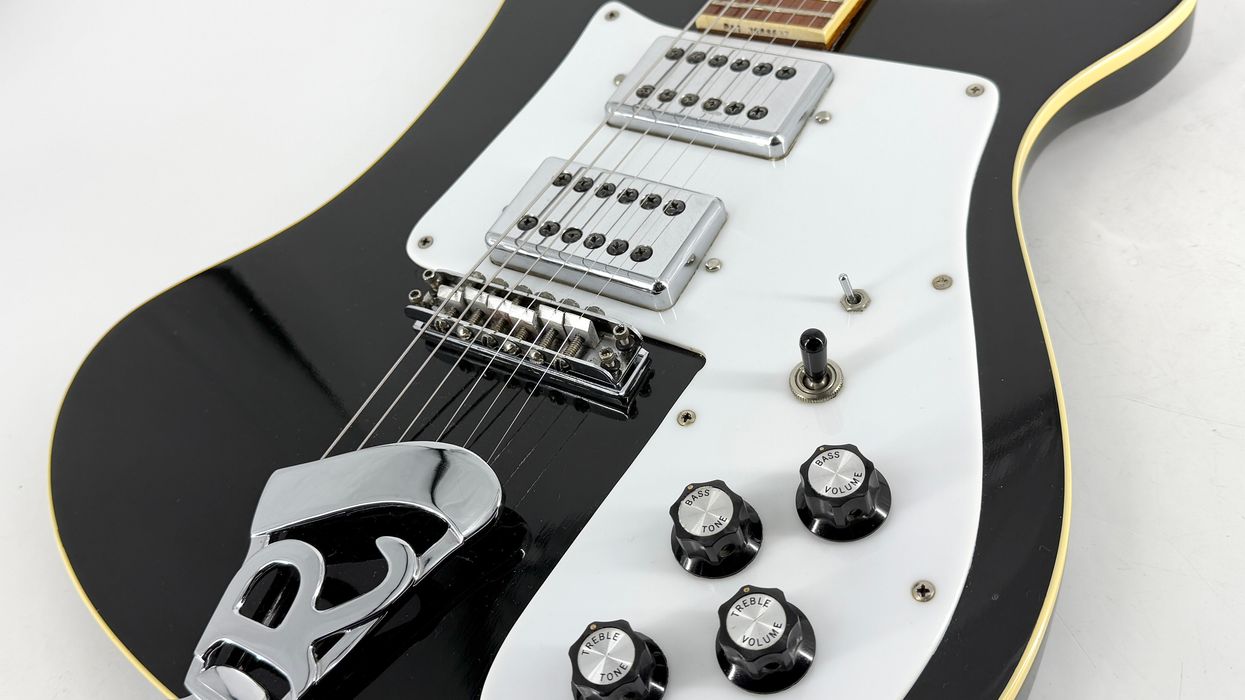Even though the Fender Telecaster and Stratocaster were selling well to those playing country, blues, and rock ’n’ roll, Leo Fender wanted to design a guitar that appealed to serious jazz musicians. Fender introduced this guitar in mid 1958. It was optimistically named the Jazzmaster, and while it was quickly embraced by famed, jazz-informed country session player Harold Bradley, its newly designed mellower pickups and floating vibrato still did not appeal to highbrow jazz musicians. The new model was, however, embraced by young players, like the instrumental group called the Ventures, who played a new type of music eventually known as “surf.”
During the model’s first decade, Johnny Cash guitarist Luther Perkins, Jimi Hendrix, Pete Townshend, and Bob Dylan were all seen wielding Jazzmasters. Today, amid the offset-body guitar renaissance, those using the model include J Mascis, Radiohead’s Thom Yorke, My Bloody Valentine’s Kevin Shields, and Slipknot’s Jim Root.
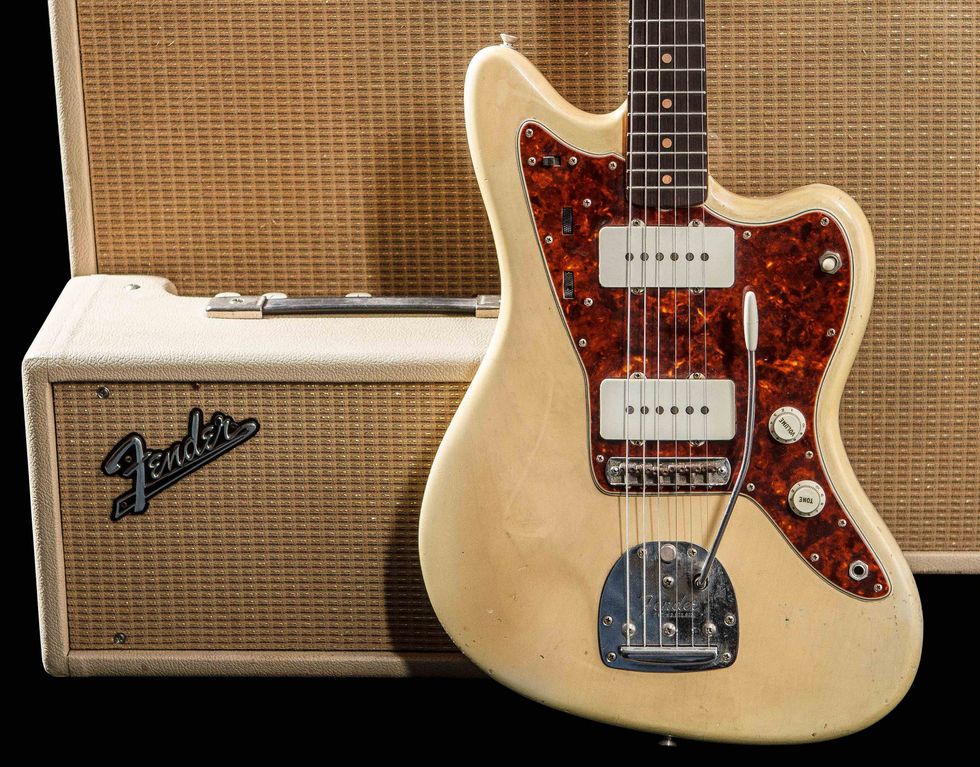
Features such as the guitar’s floating vibrato arm ended up appealing to surf rockers such as the Ventures.
The 1962–’63 Fender catalog describes the instrument’s special features: “This remarkable guitar incorporates all the well-known Fender developments, including the new ‘off-set’ body design, smooth tremolo action, plus, separate rhythm and lead tone circuits. In addition, it offers a comfort-contoured body and truss-rod reinforced fast-action neck with a rosewood fingerboard for effortless playing and faster playing technique. Every convenience is provided, including the tremolo lock, adjustable master bridge channel with individually adjustable two-way bridges and completely adjustable high-fidelity pickups.”
The January 1963 Jazzmaster pictured has most of the features common to that year, including a 25 1/2"-scale maple neck with a round laminated rosewood fretboard (which replaced the flat laminated “slab” board by late ’62). This neck may be one of the last with wide-spaced clay dots at the 12th fret, as the spacing became slightly narrower in early 1963. This guitar sports a see-through blonde finish over an ash body. While this was a standard finish for a Telecaster, a Jazzmaster usually came with a sunburst finish over an alder body. This custom finish cost an extra $17.47.
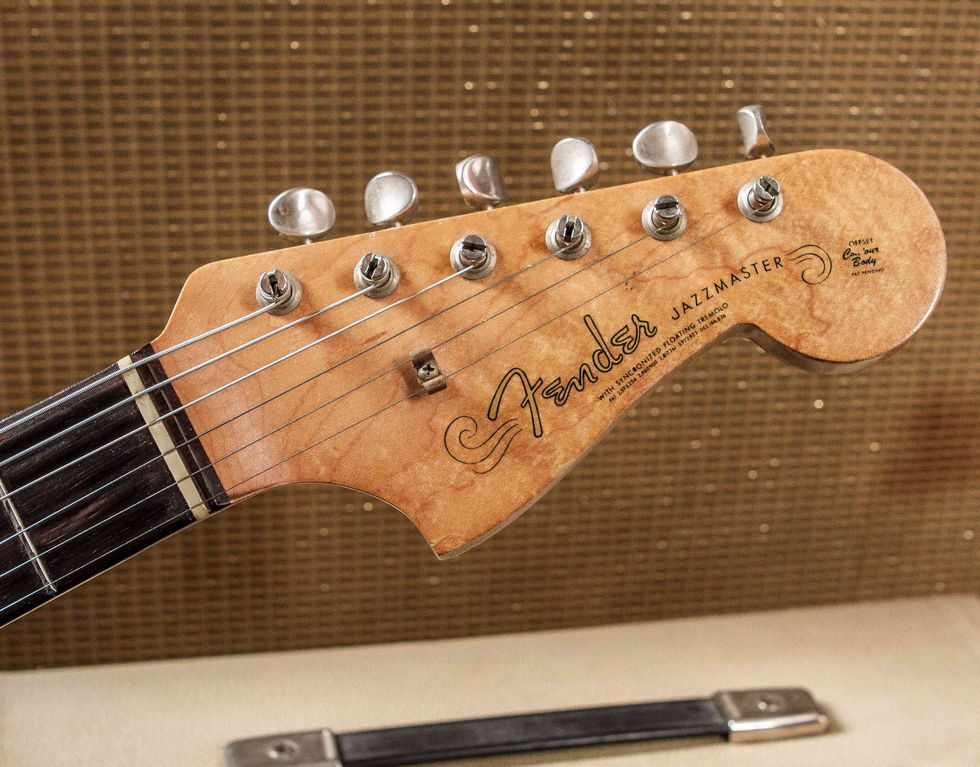
The current list price for a vintage Jazzmaster with a blonde finish in excellent, original condition is $10,000.
One of the Jazzmaster’s appeals was its then-unconventional circuitry. At the upper bout, there is a switch for rhythm (dark) and lead (bright), separate volume and tone controls for the rhythm settings, and a master volume and tone along with a 3-way switch.
The 1963 list price for a Jazzmaster with a blonde finish was $366.97. The current value for one in excellent, all-original condition is $10,000.
“It was optimistically named the Jazzmaster, but its newly designed mellower pickups and floating vibrato still did not appeal to highbrow jazz musicians.”
The rig behind the Jazzmaster consists of a 1964 Showman head and cabinet, and a 1964 Fender Reverb Unit, all in matching white Tolex. The Showman head has four 6L6 power tubes that push 80 watts through the cabinet’s 15 JBL speaker. The amp has a normal channel with a bright switch, volume, treble, and bass controls. The vibrato channel has a bright switch, volume, treble, middle, bass, speed, and intensity controls. The Reverb Unit has a dwell, mixer, and tone control, and would be plugged in between the guitar and amp for a lush effect.
The original price for a Showman Amp piggyback, with a 15" JBL, was $600. The current value is $2,500. The original price for a Fender Reverb Unit was $129.50. The current value is $1,500.
Sources for this article include Fender: The Sound Heard ’Round the World by Richard R. Smith, Fender Amps: The First Fifty Years by John Teagle and John Sprung, and the 1962–’63 Fender Catalog.

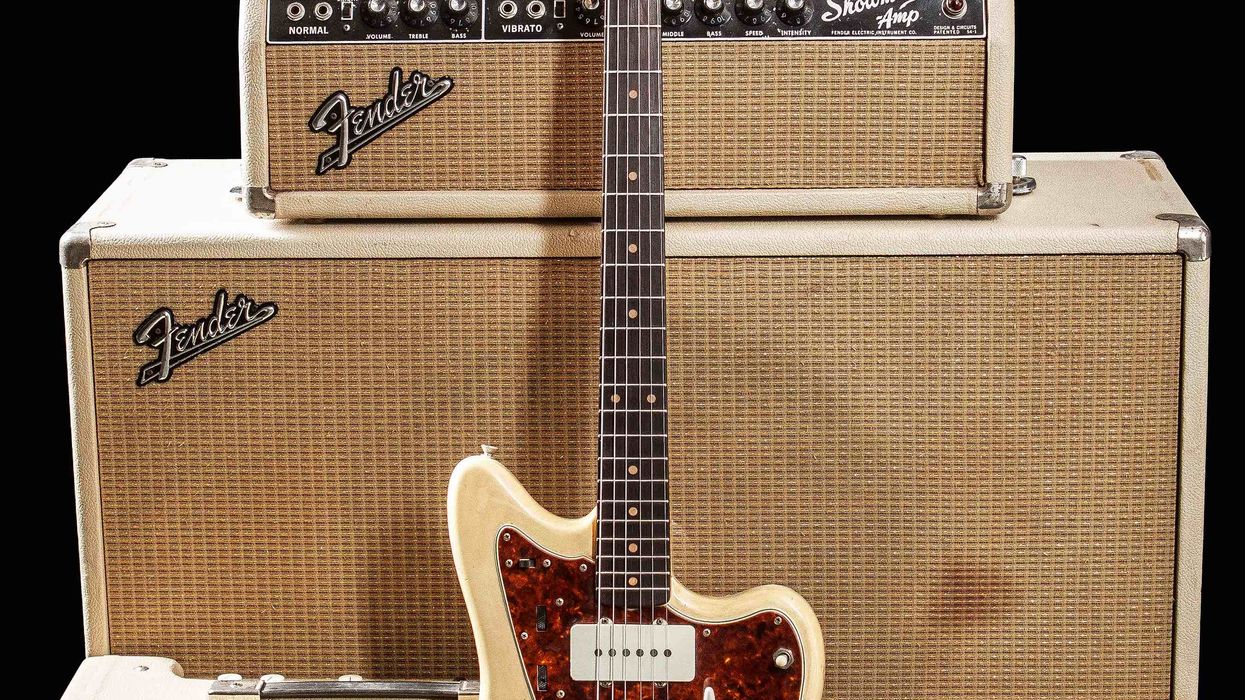
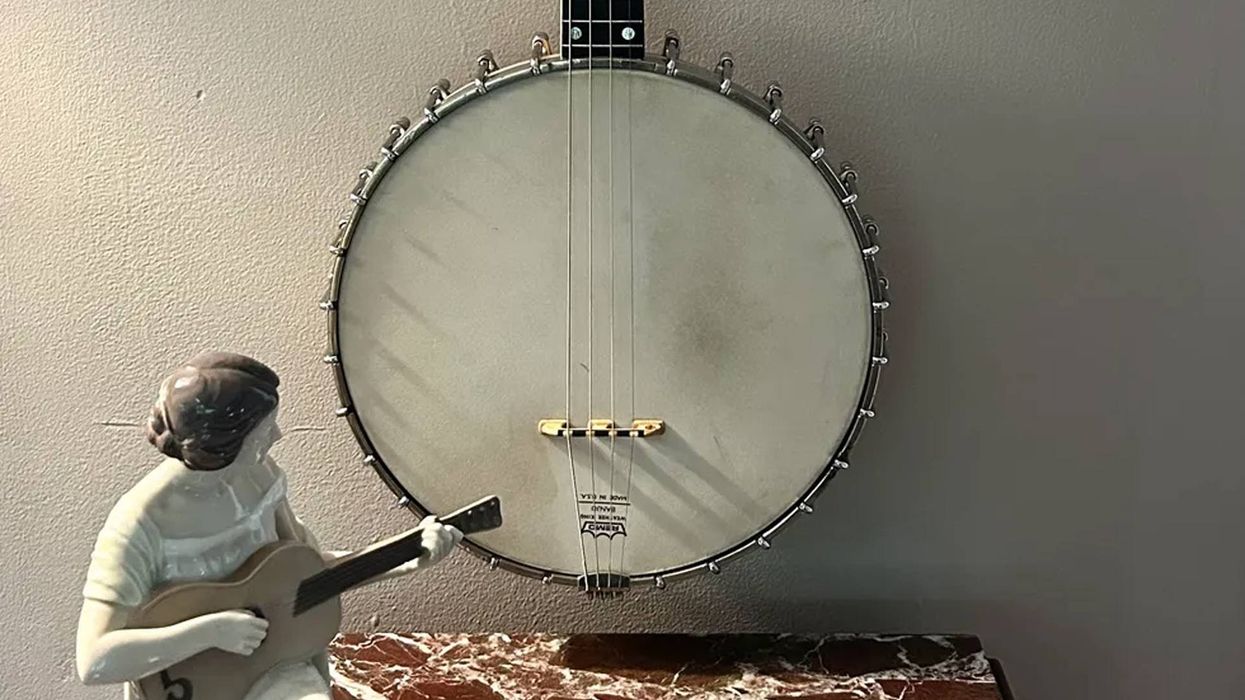

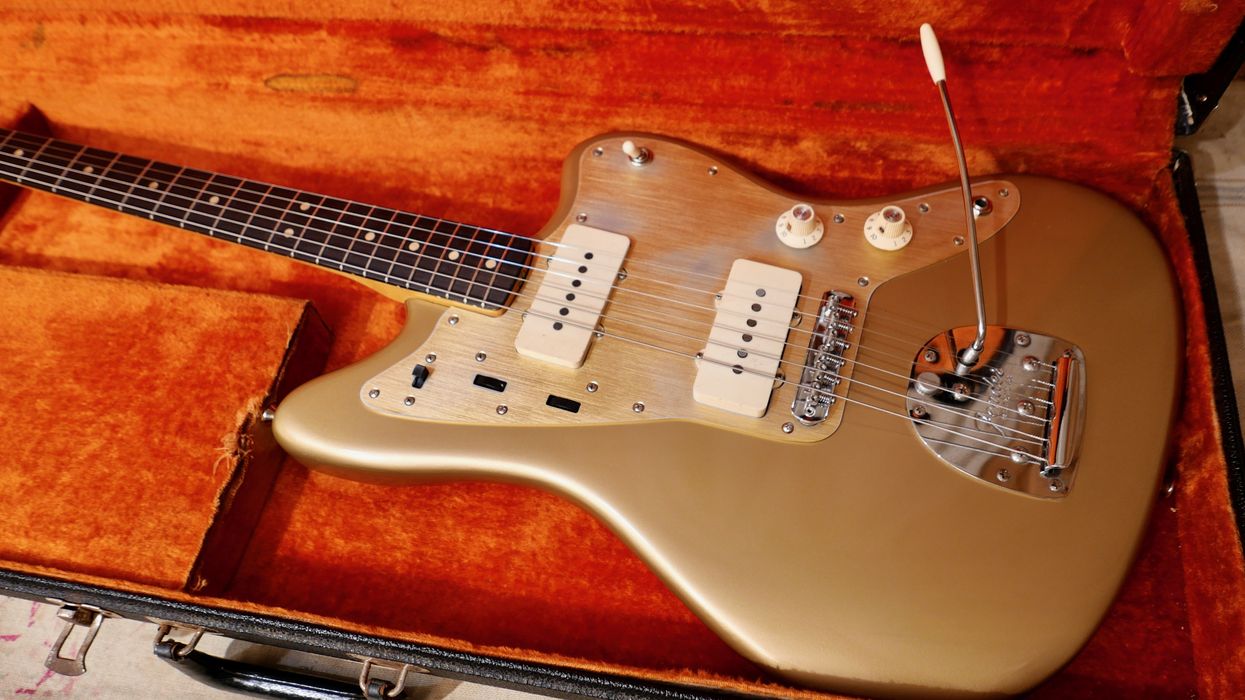

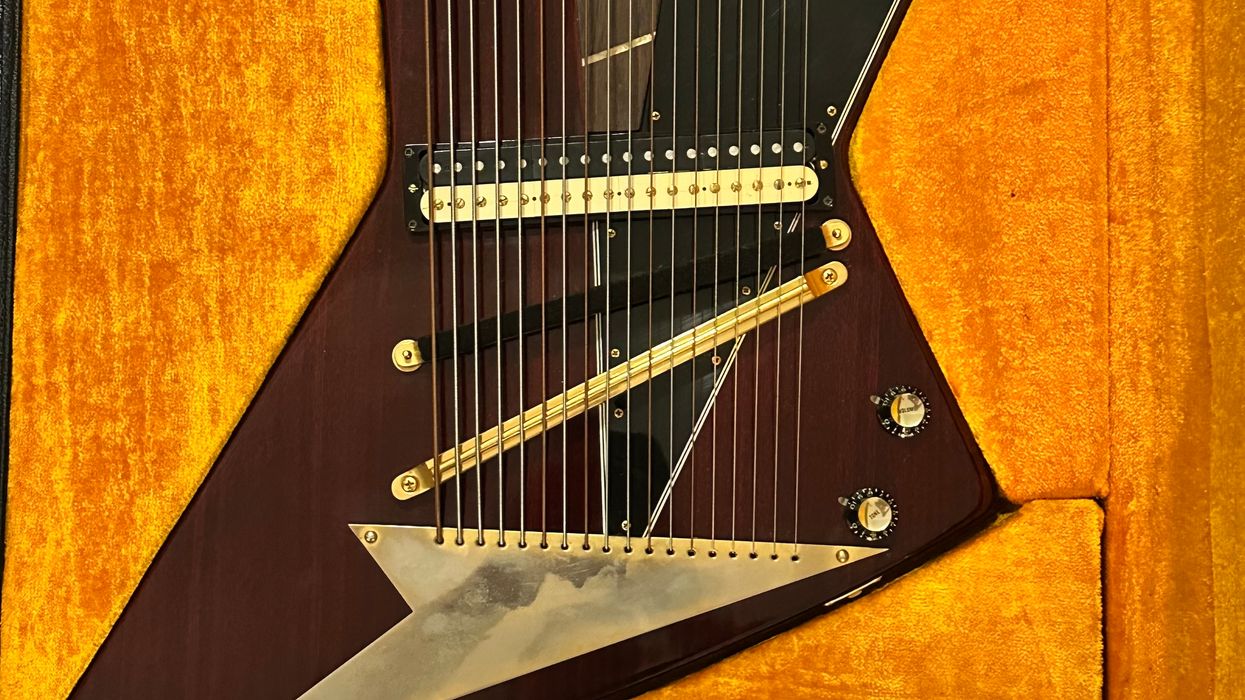
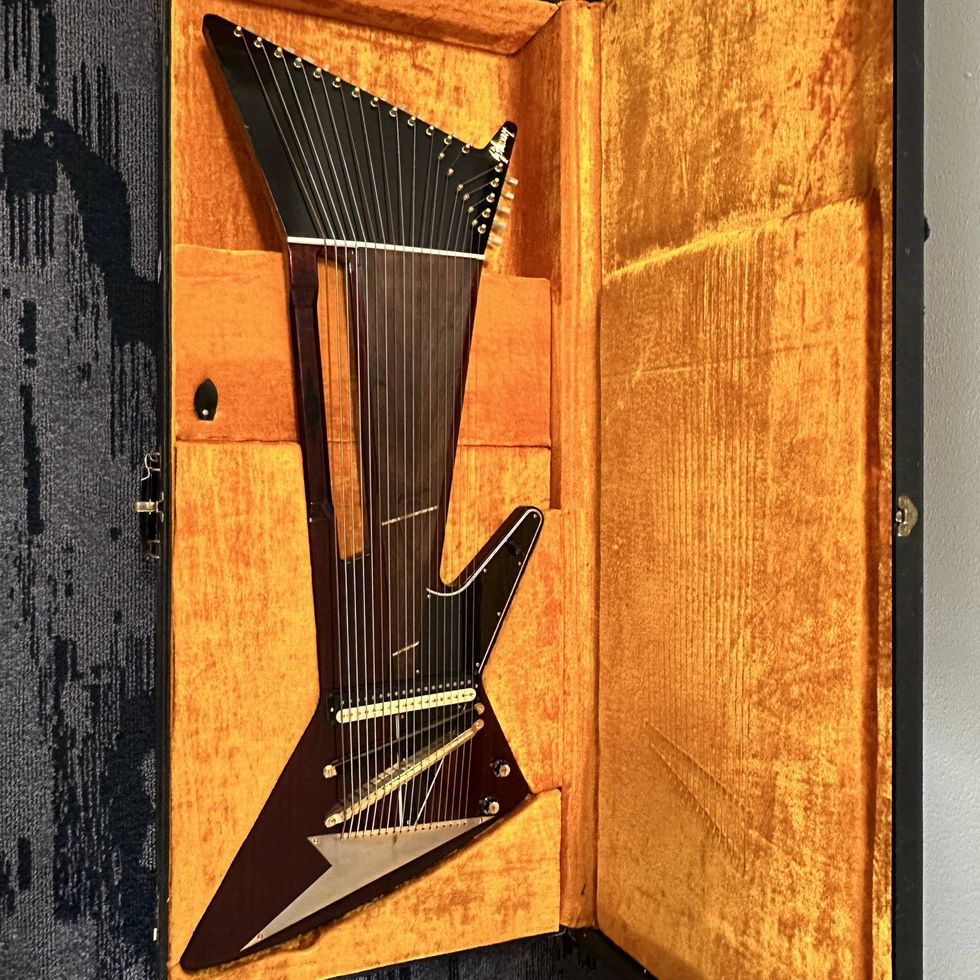


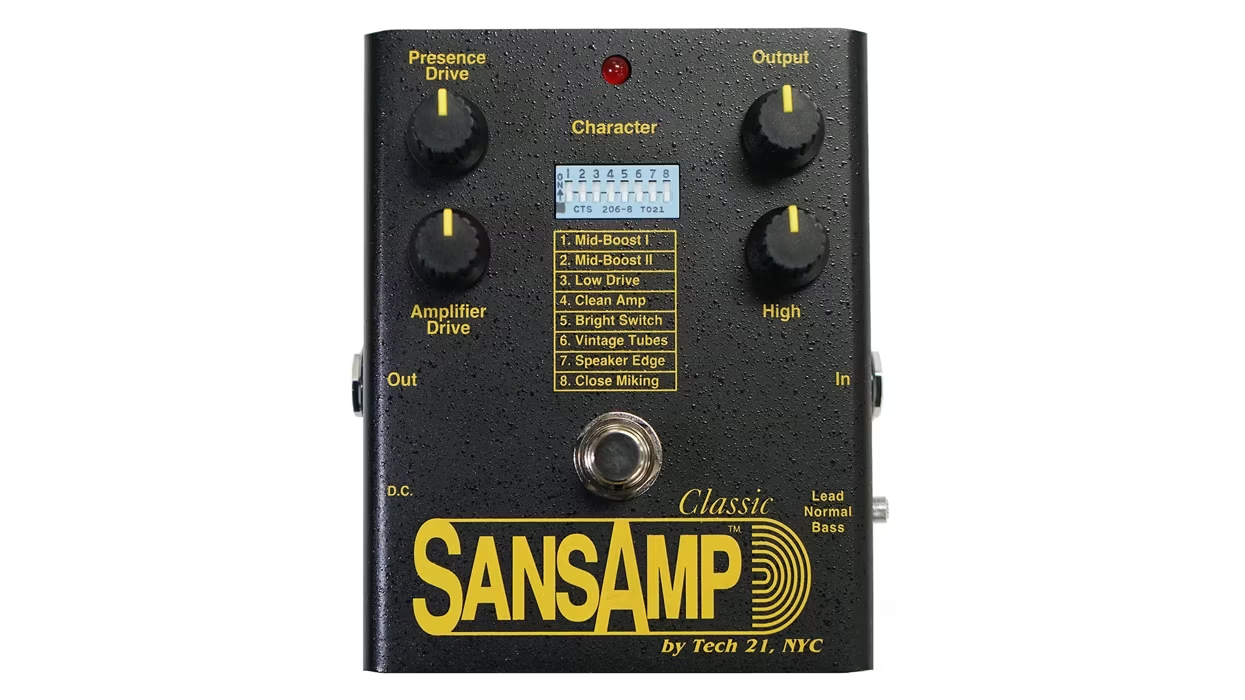
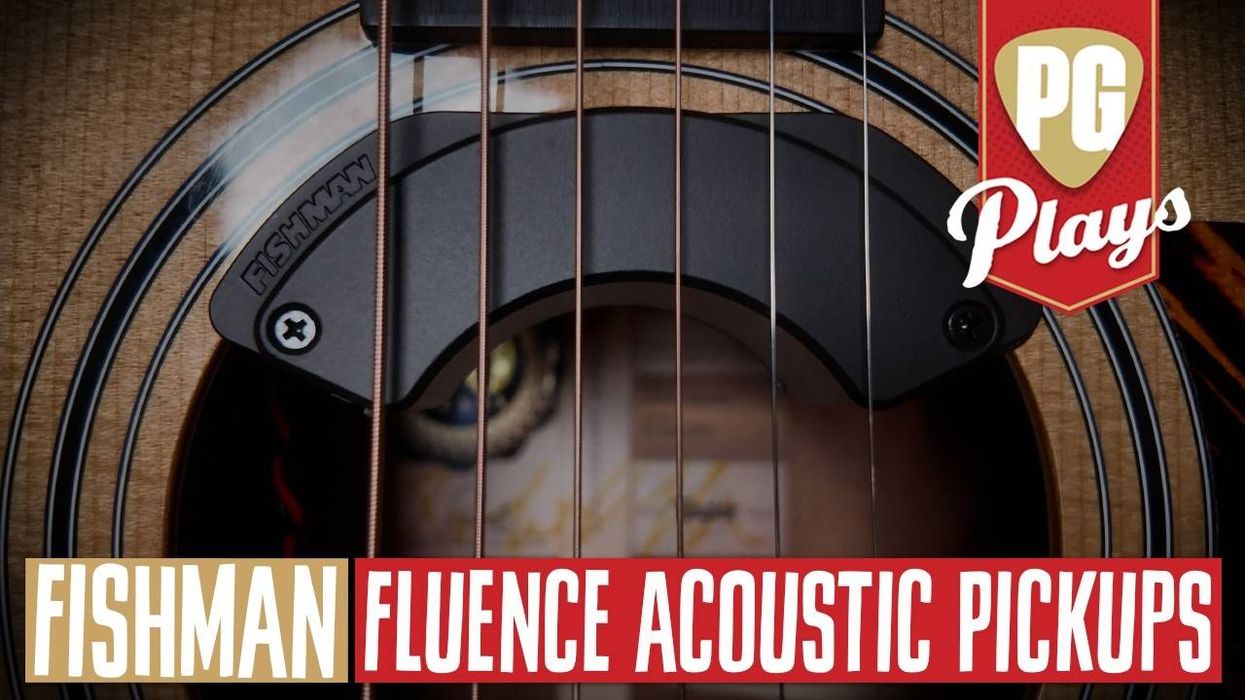
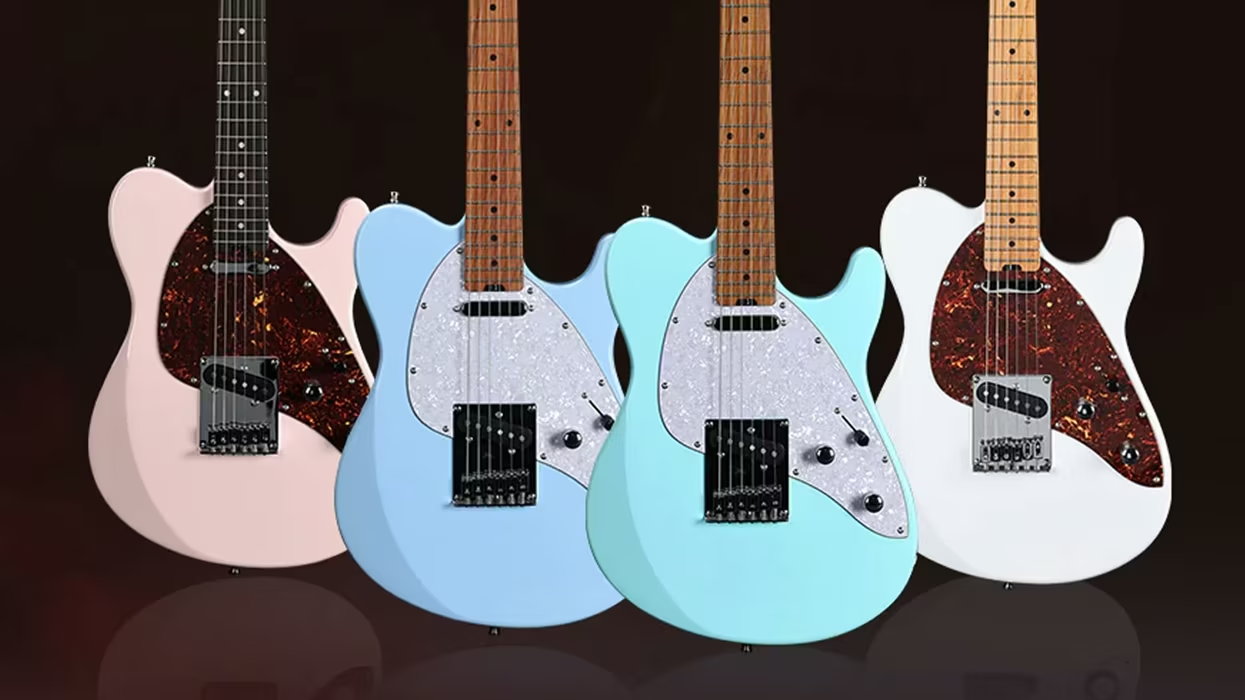
![Rig Rundown: Russian Circles’ Mike Sullivan [2025]](https://www.premierguitar.com/media-library/youtube.jpg?id=62303631&width=1245&height=700&quality=70&coordinates=0%2C0%2C0%2C0)
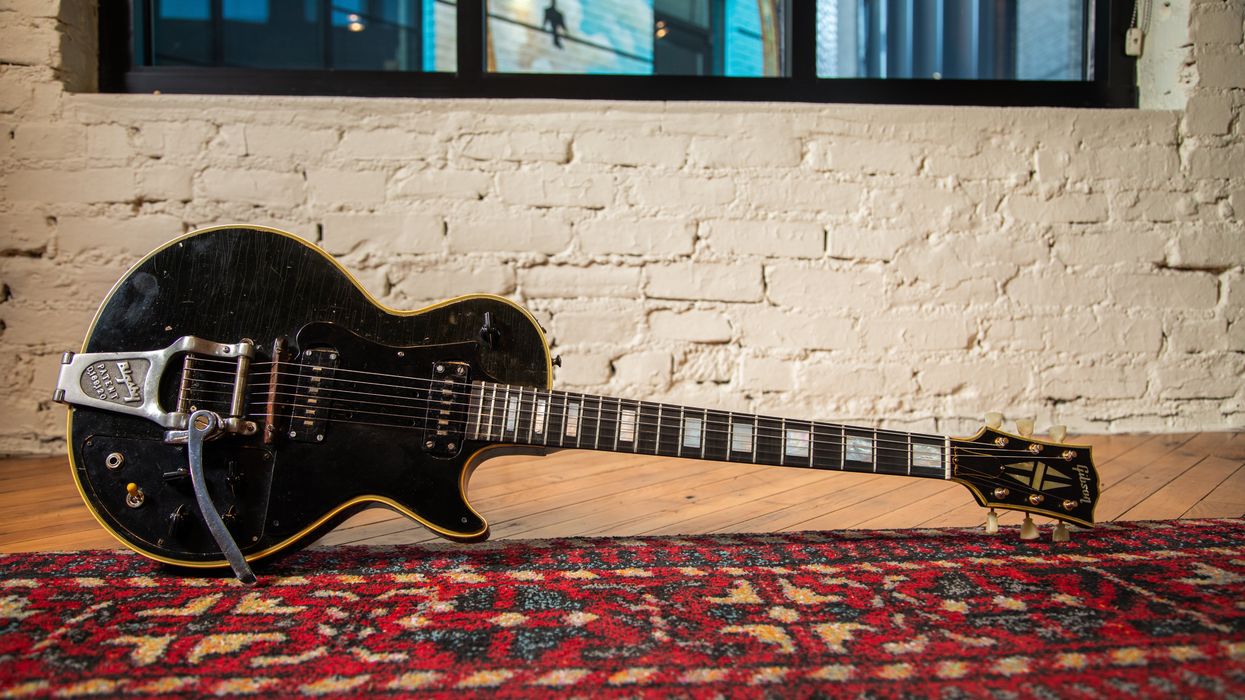
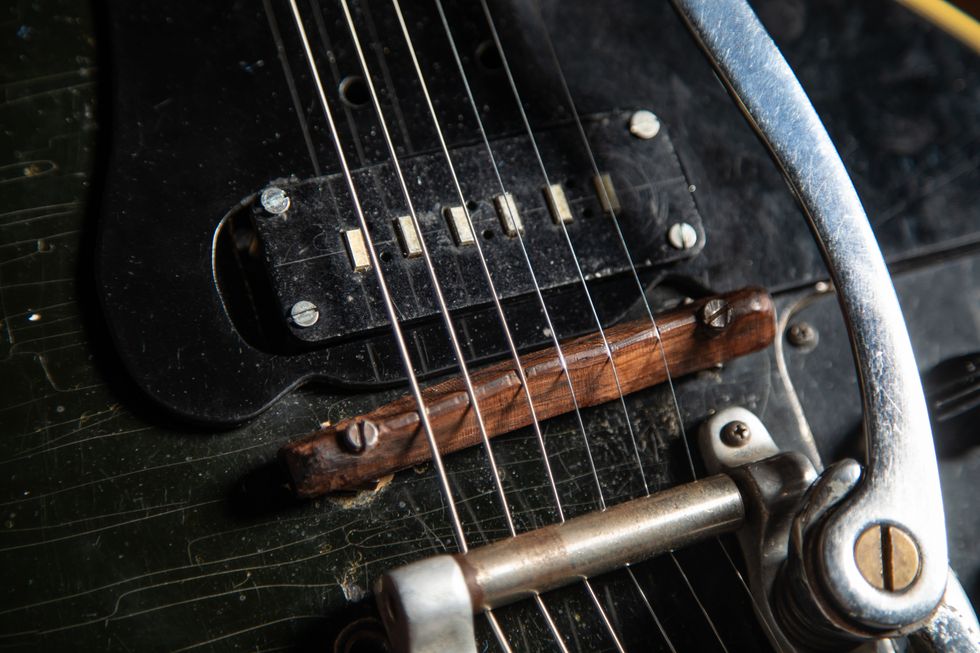

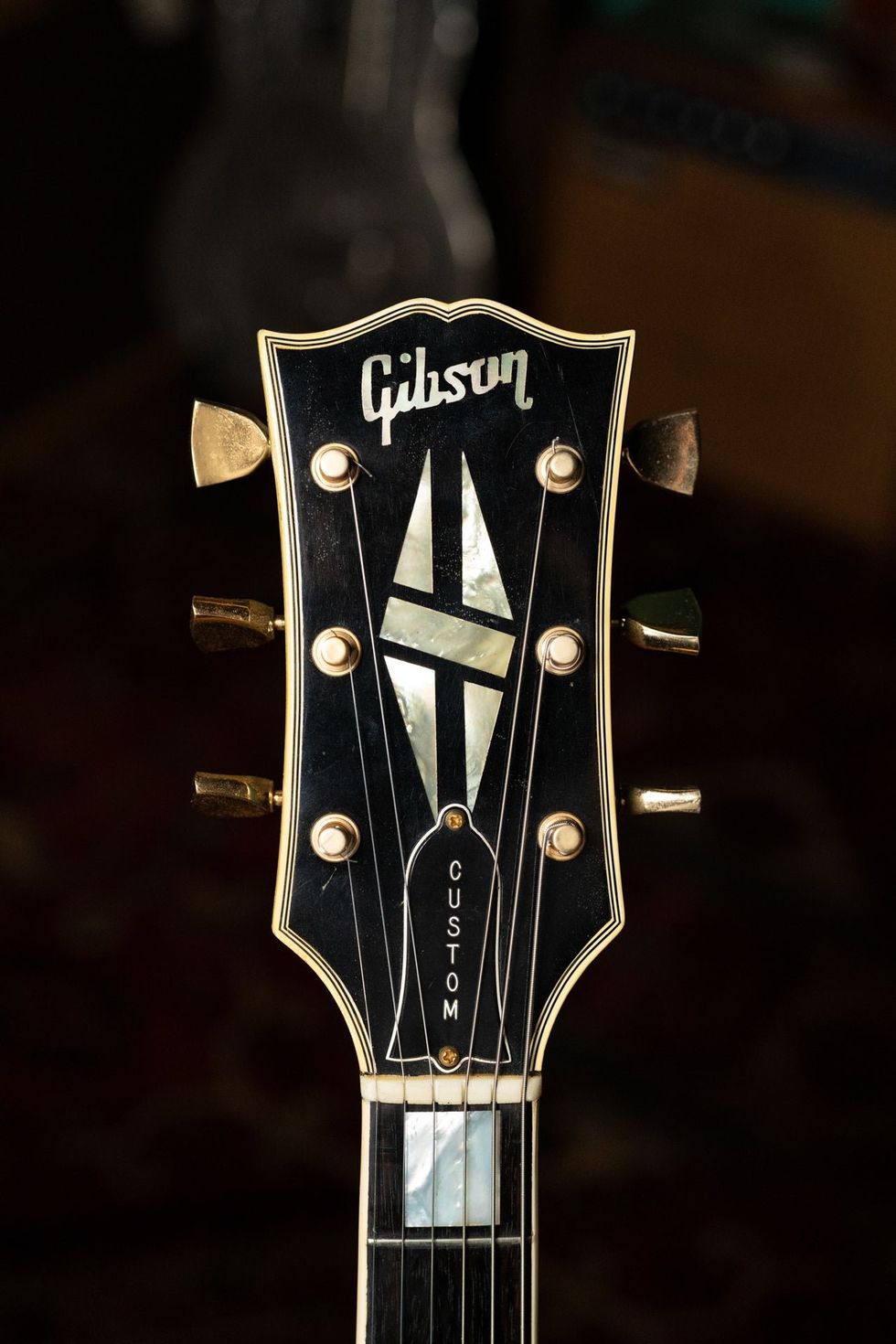
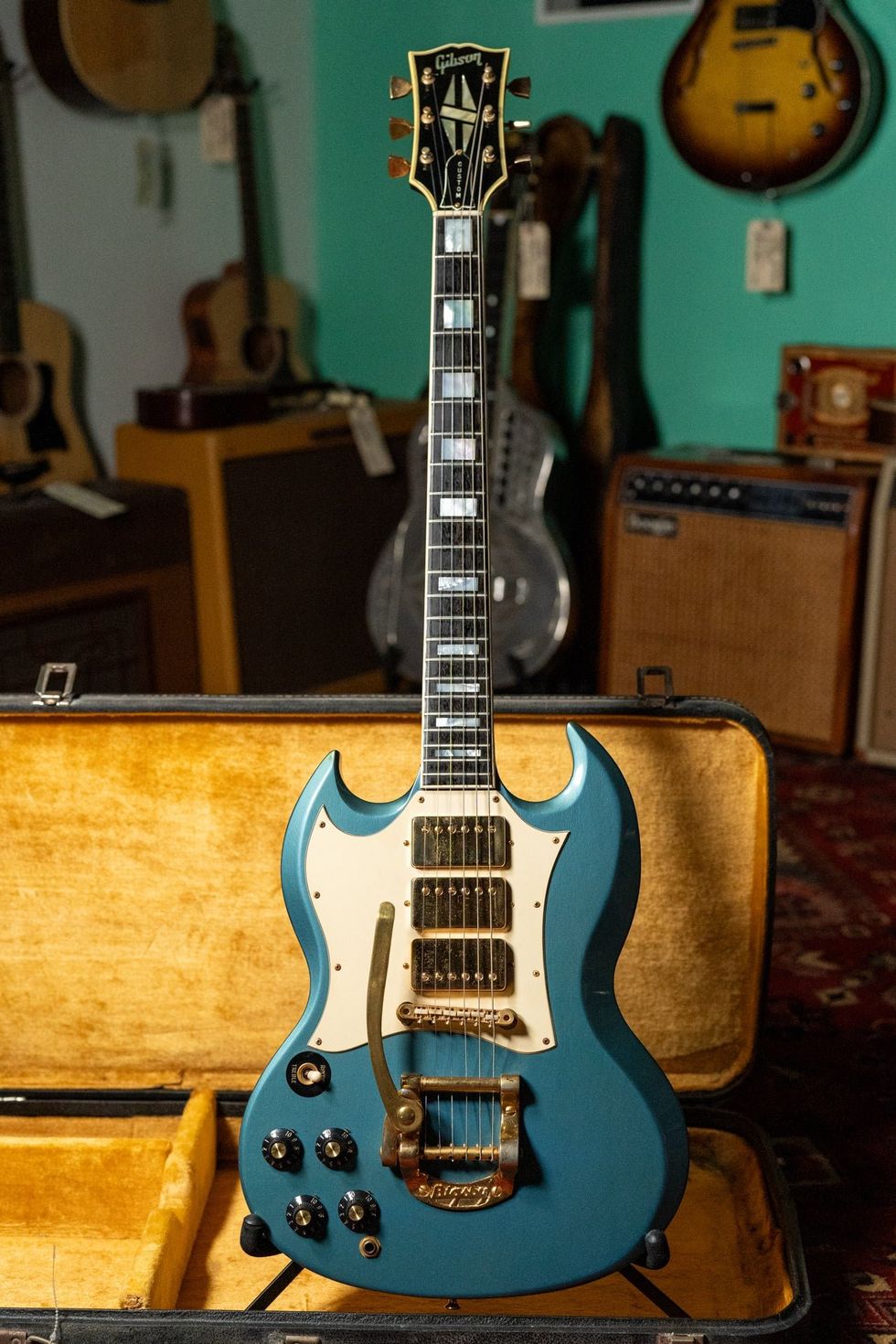 Whether or not Jimi Hendrix actually played this guitar might come down to how lucky its buyer feels.Photo courtesy of Imperial Vintage Guitars Reverb Shop
Whether or not Jimi Hendrix actually played this guitar might come down to how lucky its buyer feels.Photo courtesy of Imperial Vintage Guitars Reverb Shop

